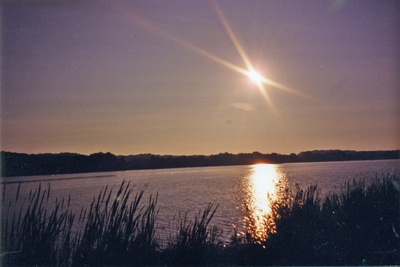All Nonfiction
- Bullying
- Books
- Academic
- Author Interviews
- Celebrity interviews
- College Articles
- College Essays
- Educator of the Year
- Heroes
- Interviews
- Memoir
- Personal Experience
- Sports
- Travel & Culture
All Opinions
- Bullying
- Current Events / Politics
- Discrimination
- Drugs / Alcohol / Smoking
- Entertainment / Celebrities
- Environment
- Love / Relationships
- Movies / Music / TV
- Pop Culture / Trends
- School / College
- Social Issues / Civics
- Spirituality / Religion
- Sports / Hobbies
All Hot Topics
- Bullying
- Community Service
- Environment
- Health
- Letters to the Editor
- Pride & Prejudice
- What Matters
- Back
Summer Guide
- Program Links
- Program Reviews
- Back
College Guide
- College Links
- College Reviews
- College Essays
- College Articles
- Back
Great Lakes Pollution
In the past, our Great Lakes have had some issues. But not as dire as the present conditions are. Some people believe that if we look into our future, we might see that the list will continue to grow. The once famous Great Lakes might not even exist. Imagine that, one of the worlds largest supply of freshwater gone, vanished, vamoose. Do you think that sounds inconceivable? Alot of people can imagine that happening. This is the main reason why Canada and the United States have been working together to make new laws such as the Great Lakes Protection Act. We can’t blame the weather, animals, or any such thing for causing this environmental distress. The cold hard truth is that, humans are the cause of our vanishing and dying Great Lakes.
Most of the pollution that occurs in the lakes is point-source pollution. One of the major criminals are something that we all see and don’t think twice about; factories. When factories need to dispose of their old materials, they usually have a tube that goes into a body of water such as a river, lake, or even ocean. When the new, possibly toxic, material enters the water, it causes all kinds of problems including killing the creatures, which would disrupt the food chain in more ways than one. When a species dies out, this leaves an open space for an invasive species. Mark Newman, who wrote the Sooper Yooper book series, explained how so many invasive species, such as sea lamprey, zebra mussels, and round gobies. Many of these are from ships emptying out their ballasts full of foreign water into our Great Lakes. An example of point source pollution is the freighter ships that dock on the Great Lakes. Not only do they release harmful pollutants, but they also empty out their ballasts, which introduces invasive species into the lakes. Another problem that the Great Lakes have is called nonpoint source-pollution. This is different from point-source pollution. Nonpoint-source pollution (NPS) is from many different sources; not just one. NPS pollution is mainly caused by runoff, when rain and snow move over an area, it picks up pollutants and eventually end up dropping the pollutants off in rivers and lakes. There is one more obvious form of pollution called atmospheric pollution. This is another form of nonpoint-source pollution but instead of being caused by runoff, this is caused by pollutants coming through the air. The main example of atmospheric pollution is coal-burning energy. Not only is Coal burning energy very detrimental to our air quality, but to the human body also. When you are exposed to a lot of it, it can cause serious illnesses such as heart disease, respiratory disease, and even cancer.
Don’t start wringing your hands yet, there is prevention. For one, there are a lot of things you can do by yourself. Even things as little as washing your car in the lawn instead of the driveway. Just doing that can reduce the amounts of detergent and other toxins in the Great Lakes. But there are also things that you can do with a group. Such as joining a group that protests dumping hazardous materials into the lakes.
As you can see, there are many issues with the Great Lakes. But you can help do your part. Just recycling will make a large difference in the big picture.

Similar Articles
JOIN THE DISCUSSION
This article has 0 comments.

I had to make an article for my school project. Not only was it that but as a michigander, the Great Lakes are close to my heart.